North and South: smooth-bore and rifled guns
To the Egyptian land.
Tell the pharaohs
Let my people go!
Oh! Let My People Go: The Song of the Contrabands, 1862
Weapon from museums. We continue our story about the artillery weapons of the northern and southern states that fought during the Civil War of 1861-1865. Today we will talk about the comparative characteristics of the then guns, both smooth-bore and rifled, which were in service with the southerners and northerners.
Smoothbore artillery was dominant at that time and reached its maximum perfection. Well, it was classified according to the approximate weight of the cast cannon with which one or another gun fired. For example, a 12-pound 12-pounder field gun had a bore diameter of 4,62 inches (117 mm). As for the American army, in the years preceding the war, field guns of 6, 9 and 12 pounds, and 12 and 24 pound howitzers were produced for its needs.
The 6-pound field cannon featured bronze models from 1835, 1838, 1839 and 1841. Even older cast iron guns of the 1819 model were used, and in 1861 they were used by both sides. Large 9- and 12-pounder guns are less common, as their production was extremely small after the war of 1812. However, with at least one federal battery ("13th Indiana"), the 12-pounder field gun was in service at the start of the war. The main disadvantage of these heavy field guns was poor mobility, as they required eight horses to be harnessed, while the lighter guns required six, and in war at the time, every horse was of great importance.
The most popular smoothbore cannon for the Union and Confederate artillery was the 12 Light 1857-pounder, commonly referred to as the Napoleon. The 1857 model was lighter than the previous 12-pounder guns and could be pulled by six horses, but it could fire both cast cannonballs and explosive grenades. Therefore, it was sometimes even called a howitzer cannon and was highly valued for its versatility.
The Napoleon smoothbore cannon was named after the French Napoleon III and was widely admired for its safety, reliability and destructive power, especially at close range. In the leadership of the Union it was called the "light 12-pounder gun" to distinguish it from the heavier and longer-barreled 12-pounder gun (which was practically never used in the field). The federal version of the "Napoleon" can be recognized by the expansion on the muzzle of the barrel, while the barrels of these guns from the Confederates were mostly smooth.
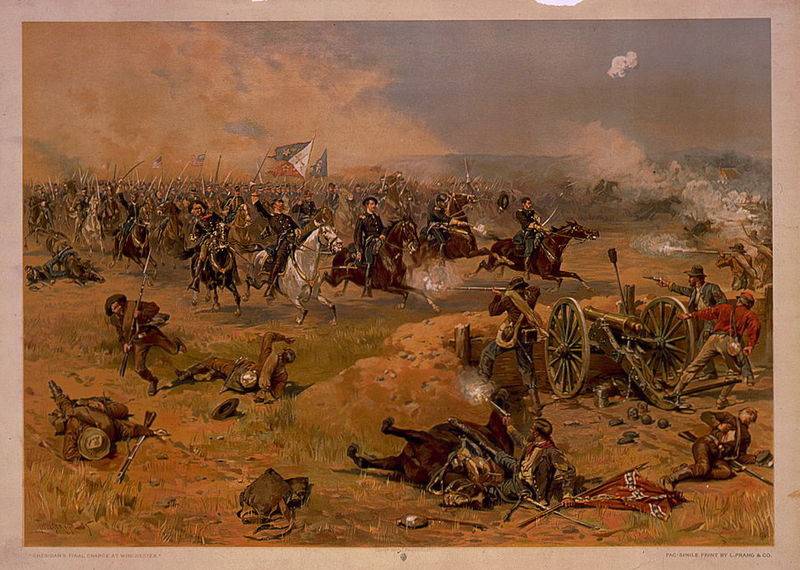
Southerners produced their "Napoleons" in six versions, most of which had straight barrels, but at least eight of the 133 that have survived to this day have a traditional design, but southern brands. In addition, four cast iron Napoleons from the Tredegar Iron Works in Richmond were discovered. In early 1863, General Robert E. Lee dispatched most of the 6-pounder 1863-pounder guns of the Army of Northern Virginia to Tredegar to be transferred to the Napoleons there. The fact is that copper for casting bronze products for the Confederation throughout the war became more and more scarce, and the need for it became especially acute in November 1864, when the copper mines of Ducktown near Chattanooga were captured by the troops of the northerners. The Confederation stopped the production of bronze "Napoleons", and in January XNUMX Tredegar began their production of cast iron.
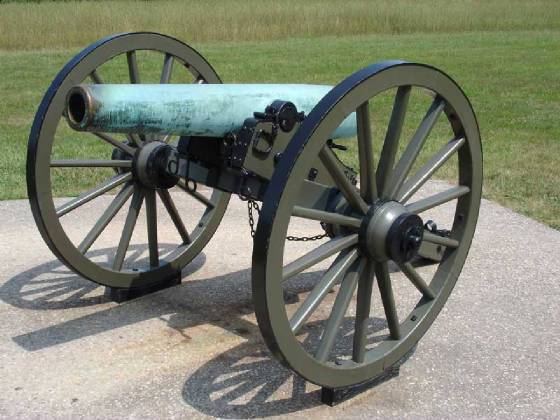
Most of the Union Army guns of this type were produced in Massachusetts by the Ames and Revere Copper Company. The Confederation produced them in several foundries in Tennessee, Louisiana, Mississippi, Virginia, Georgia, and South Carolina. The design of these guns was slightly different from the design of the northerners, but they used the same 12-pound ammunition, which was certainly convenient in terms of using trophies.
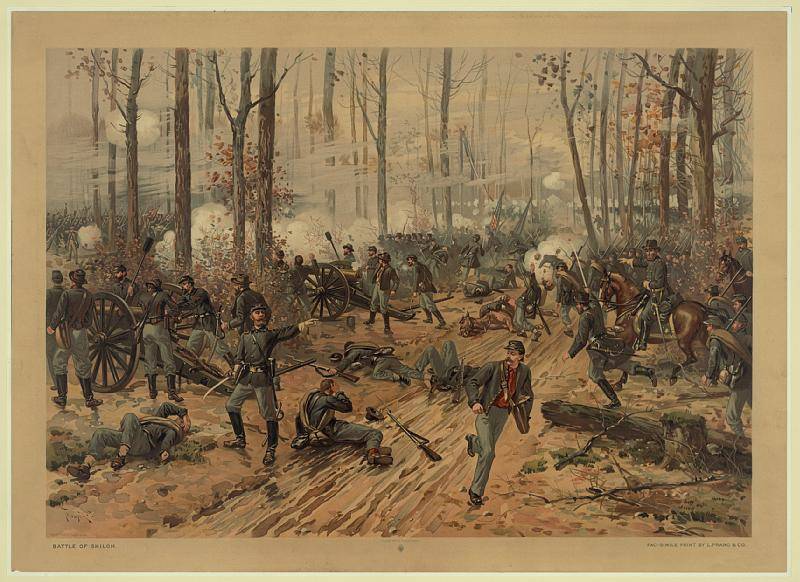
The howitzers had shorter barrels, used smaller powder charges and were mainly designed for firing explosive grenades. Northerners and Southerners used 12-pound (4,62-inch), 24-pound (5,82-inch) and 32-pound (6,41-inch) guns of this type. Most of the howitzers used in the war were bronze, with the exception of a few made in the southern states.
The standard was the 12-pound field howitzer, which was introduced by the 1838 and 1841 models. Since the 12-pound Napoleon was in no way inferior to her, the northerners stopped using it, but this howitzer remained in service with the southerners until the end of the war. Heavy 24- and 32-pound howitzers were used in stationary fortifications.
Battles of the Civil War 1861-1865 reflected their certain specificity, which the art of war had to reckon with. The fact is that the infantry was armed with relatively long-range firearms and was now able to keep artillery out of effective range. That is, it became difficult for enemy artillery to inflict heavy losses on troops preparing for an attack. But on the other hand, when the enemy's infantry was on the attack, it was met with a flurry of fire, since the arrows could not suppress the fire of the defenders on the move. Buckshot and massive infantry volleys thwarted attack after attack, and hours of shelling were ineffective. In addition, both artillery and infantry operated in wooded, rugged terrain, where firing over long distances was virtually impossible.
True, the firing range and accuracy of rifled guns at that time really amazed the world. So, the 30-pound (4,2-inch) Parrott cannon sent its shells to 8453 yards (7729 meters), and the notorious "Swamp Angel", which shot at Charleston in 1863 (the 200-pound Parrott cannon), was completely on a swamp 7000 yards from the city. But it turned out that even their shells, which were good at destroying brick and stone walls, were powerless in front of ... earth fortifications, which both sides immediately took advantage of.
The main artillery unit of the northerners' army was a battery of six guns of the same caliber. Among the southerners - out of four. The batteries were divided into "sections" of two guns under the command of a lieutenant. The captain commanded the batteries. The artillery brigade consisted of five batteries under the command of a colonel. Moreover, each infantry corps had to be supported by one artillery brigade.
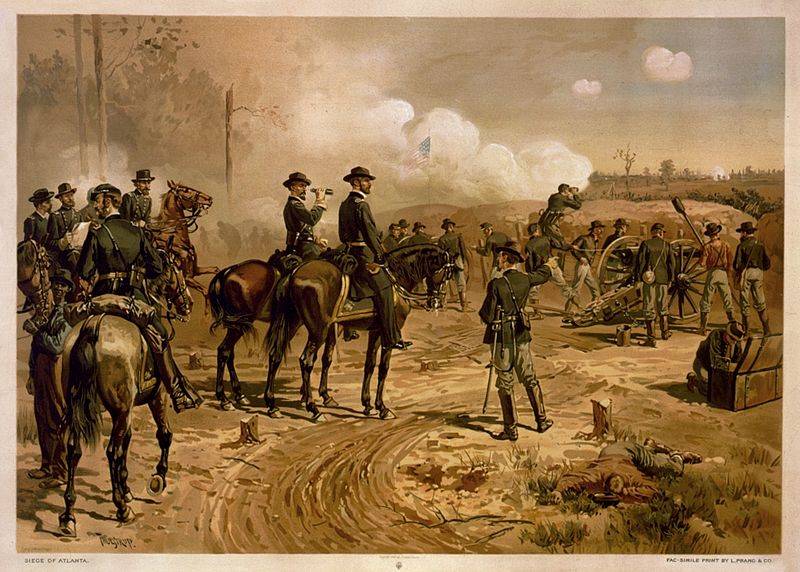
At the start of the war, there were 2283 guns in the US arsenals, but only 10% of them were field guns. At the time of the end of the war, there were 3325 guns available, of which 53% were field guns. Over the years of the war, the army of the northerners received 7892 guns, 6335295 shells, 2862177 cores, 45258 tons of lead and 13320 tons of gunpowder.
However, the specificity of the then artillery was such that it also needed horses. On average, each horse had to pull approximately 700 pounds (317,5 kg). Usually, the gun in the battery used two harnesses with six horses: one carried the gun with a two-wheeled front end, the other towed a large charging box. The large number of horses posed a serious logistical problem for the artillery units, because they had to be fed, maintained and "repaired" as they ... worn out! Moreover, the horses for artillery were usually chosen second, since the best horses were manned by cavalry. The life expectancy of an artillery horse was less than eight months. Horses suffered from disease and exhaustion from long hikes - usually 16 miles (25,8 km) in 10 hours, and battle wounds, after which special teams were dispatched to the battlefield only to finish them off and thereby save them unnecessary suffering.
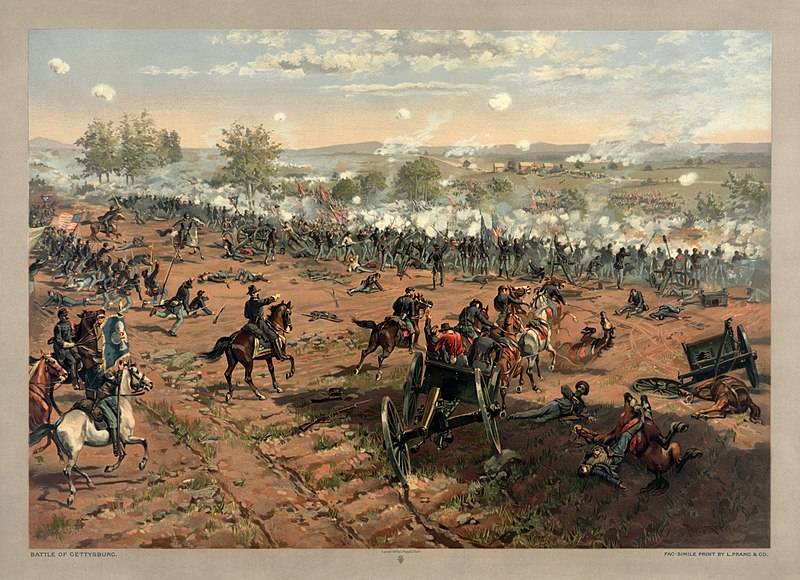
By 1864, the supply of horses proved to be a daunting task for the Union army, as it required 500 horses a day to maintain its mobility. Sheridan's army alone, fighting in the beginning in the Shenandoah Valley in 1864, demanded 150 horses in exchange every day. The situation with horses was even worse among the Confederates, who were deprived of the opportunity to purchase thoroughbred horses abroad.
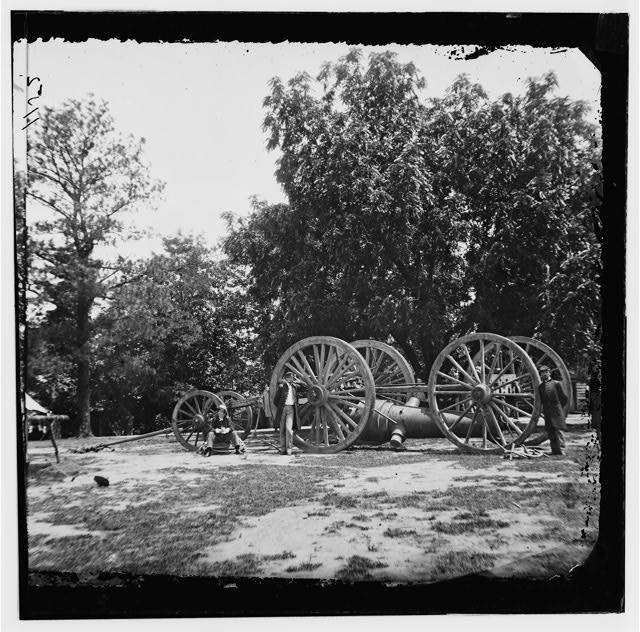
The combat crew of each gun consisted of eight gunners. Five serviced the actual gun: these are Nos. 1, 2, 3, 4. The gunner was responsible for the aiming, and he also gave the command to fire the shot. Gunners # 1-4 loaded, cleaned and fired their guns. Gunner # 5 was bringing ammunition. Gunners Nos. 6 and 7 prepared ammunition and screwed the caps off the fuses, or, on the contrary, screwed them into the shells.
During the course of the war, three important advantages of rifled artillery came to light. Firstly, the significantly greater range and accuracy of fire. For example, a cannonball fired by the Napoleon bounced off the aiming point by three feet at 600 yards and 12 feet at 1200 yards!
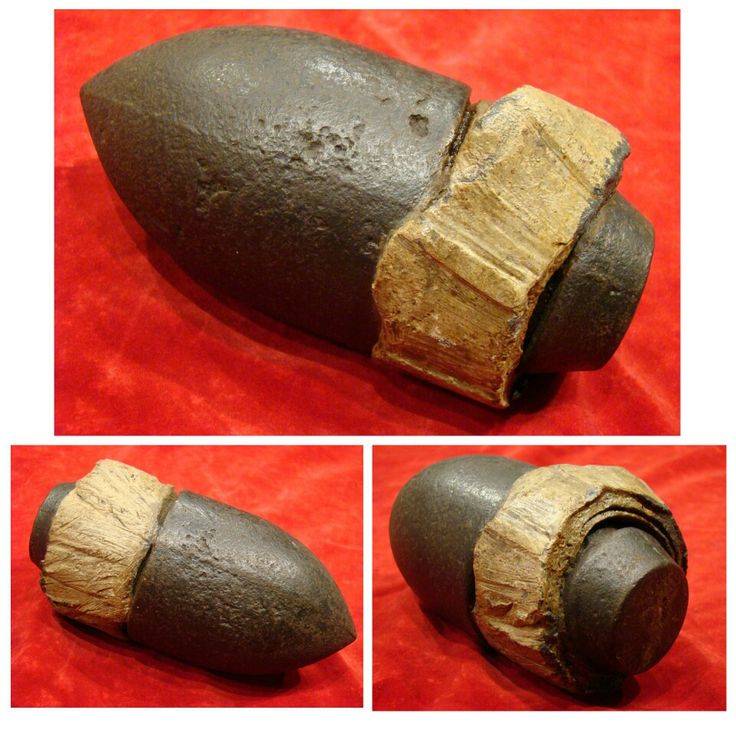
The second was that a large explosive charge entered the cylindrical projectile, and the field of fragments when it burst formed a more "lethal" one. Finally, the third benefit was gunpowder savings! Yes, yes, in rifled guns with the same firing range it was required less. For example, James' 14-pound cannon fired a heavier projectile than the Napoleon, but the gun itself was 300 pounds lighter and required 1,75 less propellant charge. The reason is clear. The cylindrical projectile fit snugly against the walls of the barrel, so the propellant gases of the charge "worked" better, and the propellant itself required less than the huge savings achieved in the army as a whole.
True, purely psychologically (and at close range!) Smooth-bore guns were more profitable, especially when they fired buckshot. The fact is that in the canister charge, the bullets in the linen cap were sprinkled with sawdust. And when fired, when they ignited, just a fountain of fire hit from the barrel of the gun, not to mention a cloud of smoke!
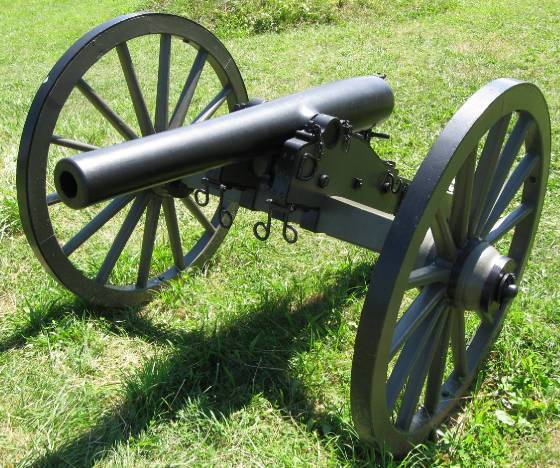
It should be noted that the Civil War in the most serious way advanced the level of military equipment and technology, and embodied the previously existing ideas into metal. We will talk about this and much more next time.
To be continued ...
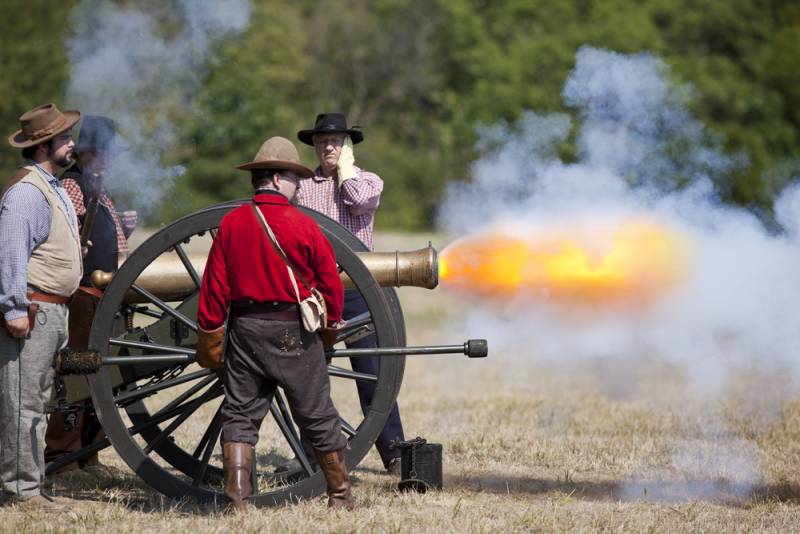
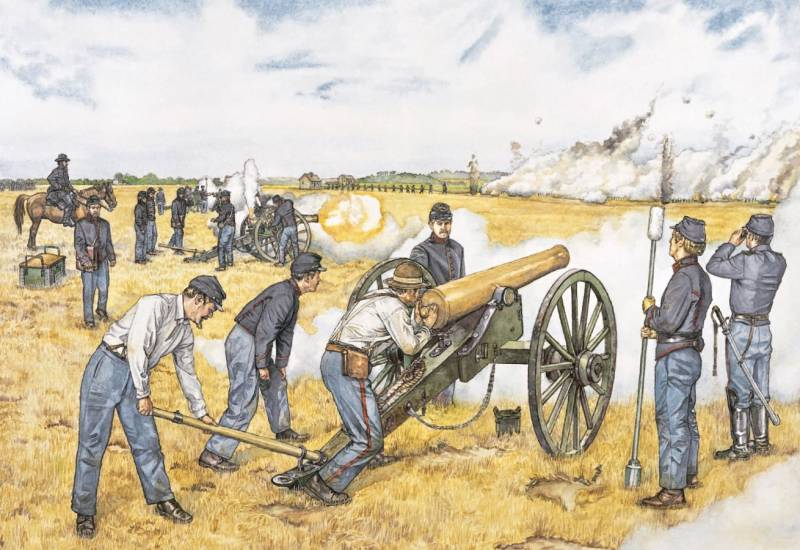
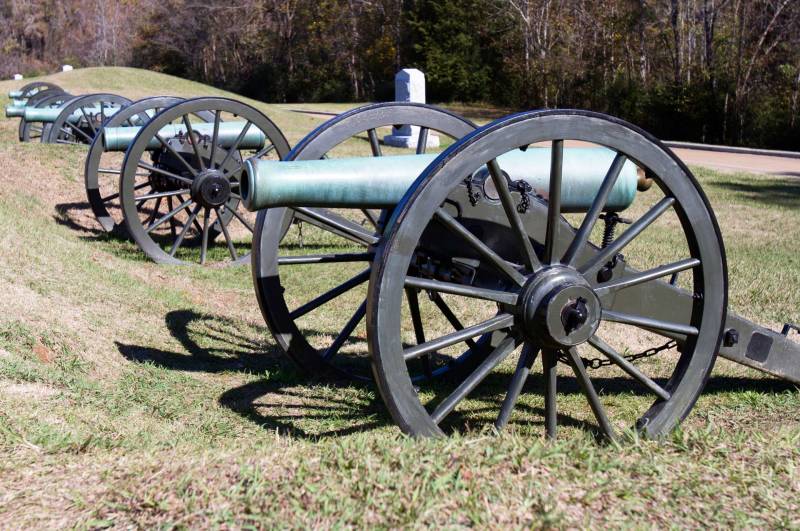
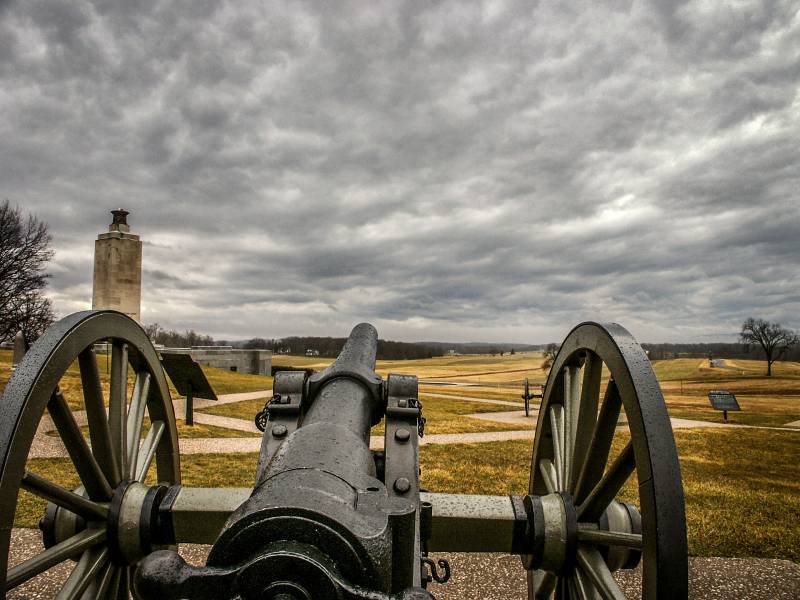
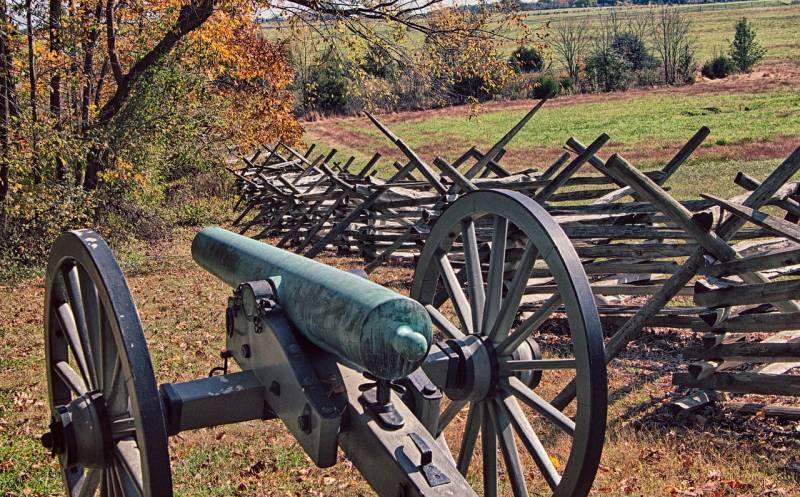
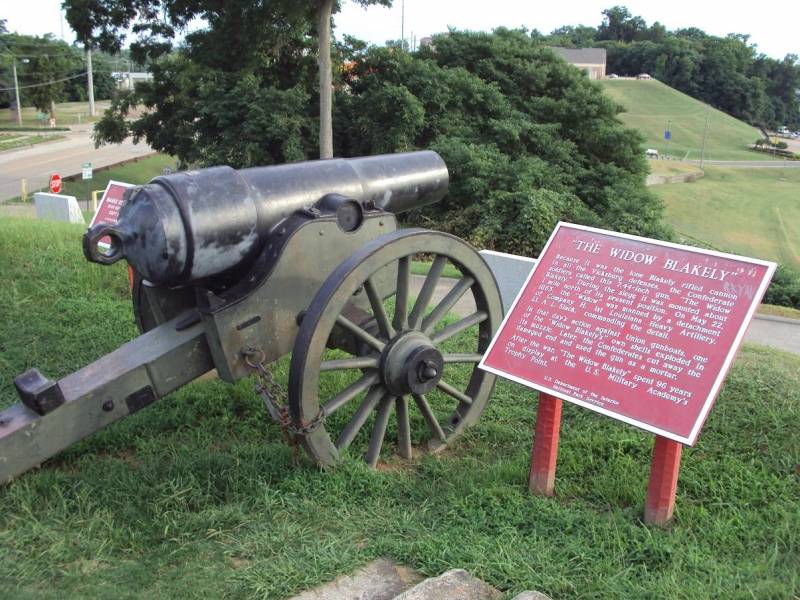
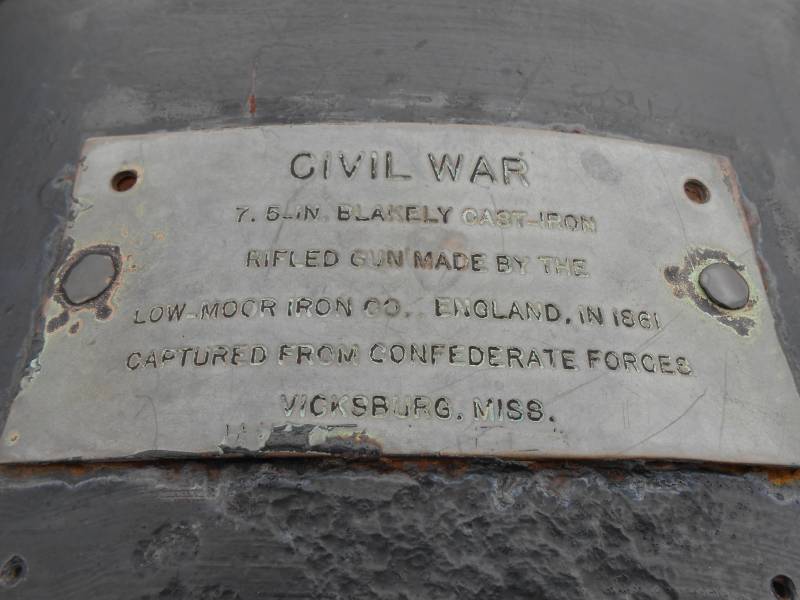
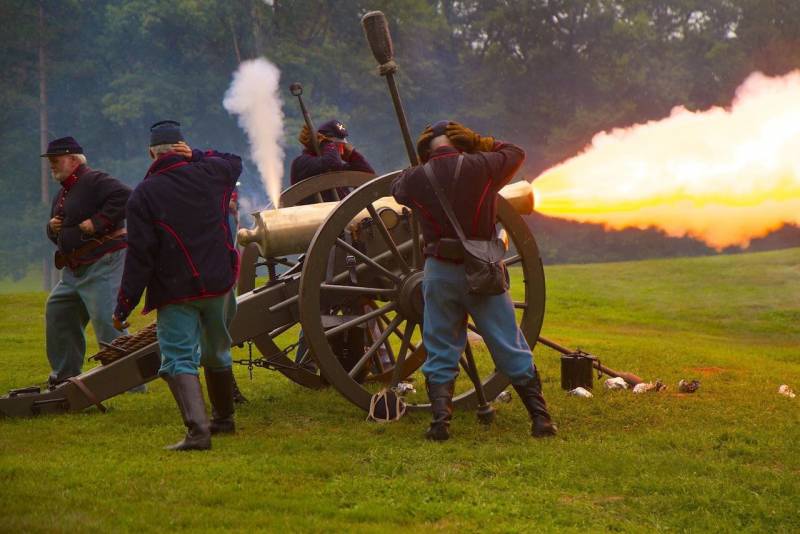
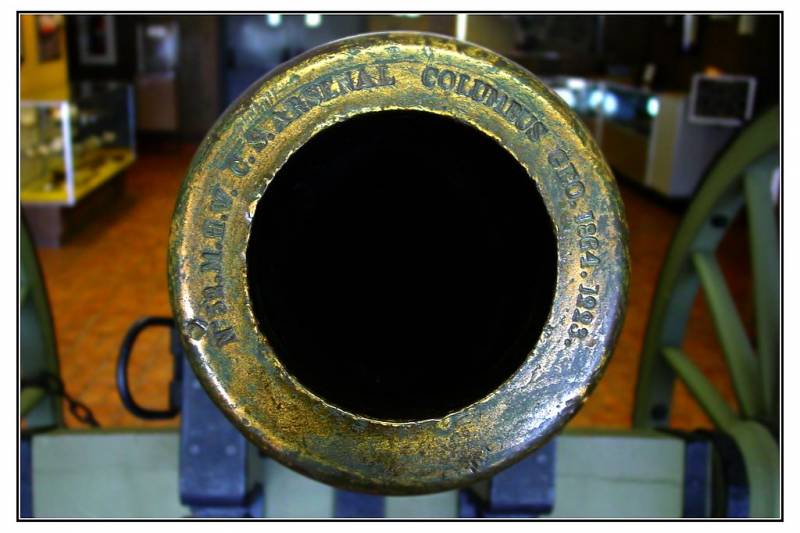
Information